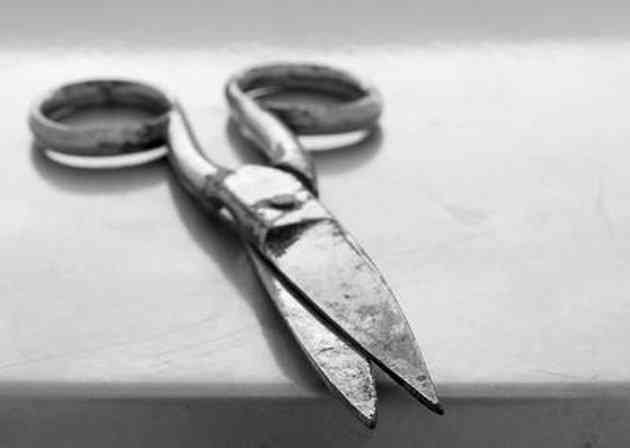How to Get Rid of Skin Tags in Sensitive Areas

Many of the home remedies used for removing skin tags may not be suitable for all areas of the body, particularly sensitive areas such as the armpits or groin. Some of the methods used for removing the tags involve pinching or cutting the skin, causing intolerable pain and irritation when used on sensitive areas. The Skin Center, a comprehensive dermatology center in Laguna Hills, California, advocates the use of home remedies to remove skin tags. A pain-free approach used at home can remove skin tags in sensitive areas.
 Use nail polish instead of clippers on sensitive areas. (Image: LRArmstrong/iStock/Getty Images)
Use nail polish instead of clippers on sensitive areas. (Image: LRArmstrong/iStock/Getty Images)Step 1
Examine sensitive areas with a handheld mirror to be sure that the growth is a skin tag rather than a hemorrhoid or wart. Growths that occur in the rectal or genital areas may appear as a skin tag, but actually be a symptom caused by another medical condition. Dr. Beth G Goldstein, a dermatologist from the Department of Dermatology University of North Carolina at Chapel Hill, says that the basis for diagnosis of acrochordons, the clinical name for skin tags, solely comes from clinical appearance.
Step 2
Wash the affected area with antibacterial soap. Pat the skin dry with a clean towel.
Step 3
Apply nail polish or liquid bandage to the skin tag. Joe Graedon M.S. and Terry Graedon Ph.D., nationally syndicated columnists and co-authors of “Best Choices from the People's Pharmacy,” recommend using liquid bandage, a first-aid product, or nail polish for removing skin tags. The remedy works by cutting off the oxygen supply to the skin tag, causing the skin to dry out and fall off. The growth looks like a pinhead attached to a stalk, called the peduncle. Take hold of the pinhead part of the tag to stretch the skin, and apply the polish starting at the base of the tag. Work up along the peduncle and pinhead. Avoid getting polish in the mucous membranes.
Step 4
Wait a few minutes for the polish to dry and apply another coat. When the second coat dries, cover the skin tag with a bandage.
Step 5
Reapply two coats of polish and a clean bandage each day after bathing. Remove the applied bandage before bathing and discard it. Cleanse the area as usual. Exfoliating items such as a washcloth or exfoliating body washes may encourage a dry skin tag to fall off.
Step 6
Apply an over-the-counter product if the skin tag does not fall off within two months. Some products are designed specifically to attack skin tags. Follow the directions on the box. In general, getting any removal products on mucus membranes should be avoided.
Things You'll Need
Mirror
Antibacterial soap
Clear nail polish
Liquid bandage
Bandages
Tip
Fecal matter and other wastes could increase the risk of infection in the genital or rectal areas, when the skin tag falls off. Keep the areas clean, using wet cleansing wipes or medicated wipes.
Liquid bandage and nail polish function alike for the purpose of removing a skin tag, but nail polish is unsafe to use on an open wound. Because a skin tag is not an open wound, the nail polish is a safe, economical alternative for liquid bandage.
Warning
If in doubt that the growth is a skin tag, do not apply any method or product on the growth until evaluated by your physician.
Skin tags on the eyelids may require removal in the clinical setting by an eye specialist.




